Ford launches B-Max subcompact
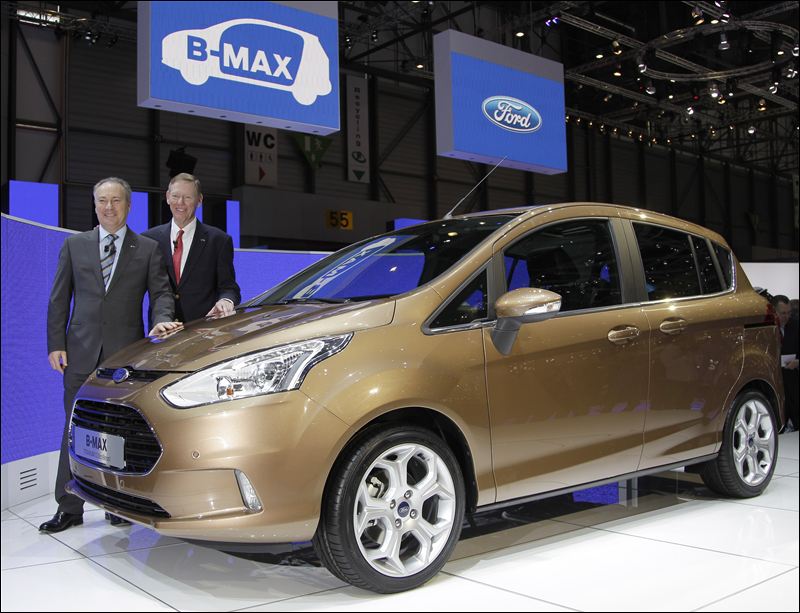 GENEVA (AP) — Ford launched its new B-Max family car at the Geneva Motor Show on Tuesday, amid concerns that faltering demand in Europe may require mass market automakers to consider further plant closures.
GENEVA (AP) — Ford launched its new B-Max family car at the Geneva Motor Show on Tuesday, amid concerns that faltering demand in Europe may require mass market automakers to consider further plant closures.
The subcompact B-Max, to be sold only in Europe, is recognizable for its missing pillar between the front and rear doors and is aimed squarely at a demographic squeezed by government austerity measures.
It features Ford's EcoBoost fuel-saving technology, another nod to cost-conscious consumers looking to counter rising gas prices.
Ford's chief executive Alan Mulally insisted the company still considers Europe an important market, despite losing money there last year.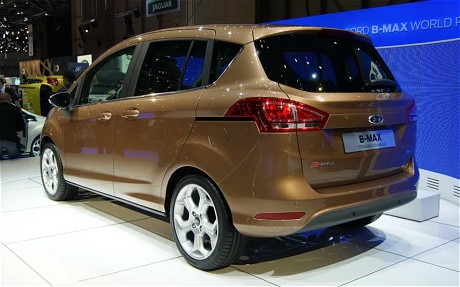 "Europe, even now with the slowdown, we're at nearly 14 million units," he told The Associated Press at a pre-show event late Monday. By comparison, Ford's estimate for North America is only slightly higher, with 14.5 million units.
"Europe, even now with the slowdown, we're at nearly 14 million units," he told The Associated Press at a pre-show event late Monday. By comparison, Ford's estimate for North America is only slightly higher, with 14.5 million units.
But Mulally said that to compete, automakers need to aggressively meet consumer demand. At the moment there is a strong appetite for small, sleek and sporty vehicles in Europe, he said. "Remember when smaller cars used to be cheap and cheerful? Now the consumers want the finest quality, the finest fuel efficiency, safety and design."
Meanwhile, Ford Europe's CEO told reporters Tuesday that European policymakers should stop getting in the way of plant closures as the industry seeks to balance supply with shrinking demand.
"I believe policymakers can stop making statements that they understand capacity should be taken out — but not in my country," Odell said.
He also criticized the European free trade agreement with Korea as being lopsided — resulting in seven times more cars arriving from South Korea than heading there from Europe. He hopes the same thing won't happen with an Indian accord being negotiated.
Idle production lines in Europe are cutting profits as automakers face a contracting market. Odell said Ford plants are operating just above 90 percent thanks to earlier plant closures, and emphasized that Ford Europe has been profitable for six of the last eight years despite a difficult economic environment.
By comparison, capacity utilization in 2011 in North America on the same two-shift basis was 106 percent.
More recently, Ford Europe has dropped a Belgian plant to four days a week and reducing the temporary work force at plants in Germany and Britain.
Ford made difficult decisions on plants during the 2008 and 2009 crisis — something that didn't happen Europe-wide "for a number of national reasons," Ford CFO Lewis Booth told The Associated Press.
Ford will focus on cost containment to return to profitability until demand is restored, but he declined to speculate on possible measures. Booth said Ford Europe could lose $500 to $600 million dollars this year, after recording losses of $190 million in the last quarter of 2011.
"The European consumer is nervous about spending money because he doesn't know what the future holds," Booth said.


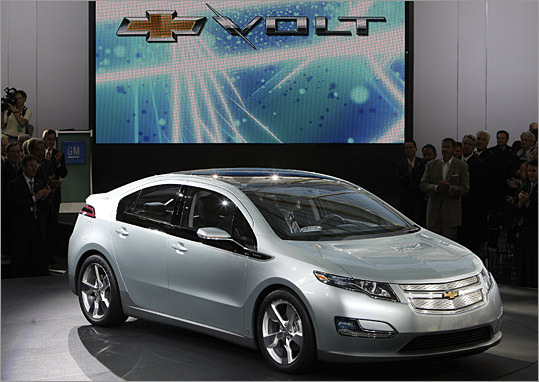 General Motors Co. (GM), missing sales goals for the Chevrolet Volt plug-in hybrid, plans to halt production of the sedan for five weeks beginning later this month rather than discount the high-technology cars.
General Motors Co. (GM), missing sales goals for the Chevrolet Volt plug-in hybrid, plans to halt production of the sedan for five weeks beginning later this month rather than discount the high-technology cars. 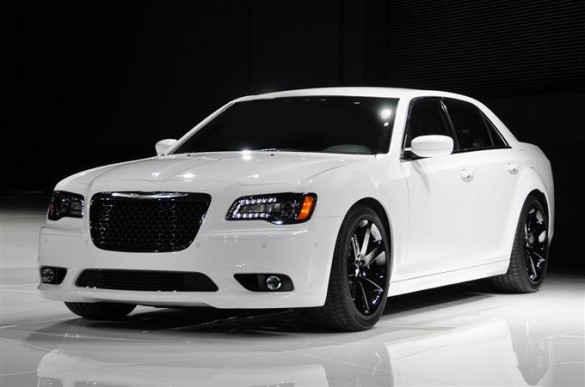 TORONTO, ON — Chrysler Canada claimed the top spot as the best selling automaker in the country for the second consecutive month at the top of the heap.
TORONTO, ON — Chrysler Canada claimed the top spot as the best selling automaker in the country for the second consecutive month at the top of the heap. But in many households today, these symbolic rituals are being postponed. In the past year, a number of American news sources reported a similar trend: teenagers are waiting longer to get their licenses. Data from the US Department of Transportation reveals that nearly 45% of American 16-year-olds got driver’s licenses in 1988. Twenty years later, that figure had dropped to just over 30%, with data from certain states showing a continued decline in the past two years. The trend is less pronounced in Canada, where there are far fewer drivers of any age on the road, but the numbers here tell a similar story. In 2009 (the most recent year for which data from Transport Canada is available), there were over 50,000 more drivers aged 16 to 19 than there were in 2003, an increase of nearly 5%. At the same time, however, there were nearly 155,000 more drivers aged 20 to 24, an increase of almost 9%. Demographic changes may partly account for these numbers, but they also suggest that teenagers are no longer streaming into test centres on their first day of eligibility.
But in many households today, these symbolic rituals are being postponed. In the past year, a number of American news sources reported a similar trend: teenagers are waiting longer to get their licenses. Data from the US Department of Transportation reveals that nearly 45% of American 16-year-olds got driver’s licenses in 1988. Twenty years later, that figure had dropped to just over 30%, with data from certain states showing a continued decline in the past two years. The trend is less pronounced in Canada, where there are far fewer drivers of any age on the road, but the numbers here tell a similar story. In 2009 (the most recent year for which data from Transport Canada is available), there were over 50,000 more drivers aged 16 to 19 than there were in 2003, an increase of nearly 5%. At the same time, however, there were nearly 155,000 more drivers aged 20 to 24, an increase of almost 9%. Demographic changes may partly account for these numbers, but they also suggest that teenagers are no longer streaming into test centres on their first day of eligibility.
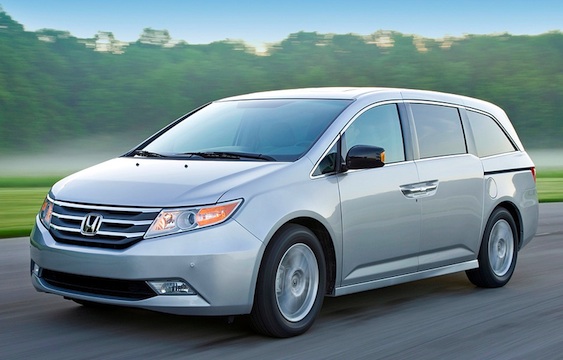 DETROIT, MI — Honda is recalling nearly 46,000 Odyssey minivans, including almost 2,800 in Canada, because the rear doors can fall on people unexpectedly, and have on at least two occasions.
DETROIT, MI — Honda is recalling nearly 46,000 Odyssey minivans, including almost 2,800 in Canada, because the rear doors can fall on people unexpectedly, and have on at least two occasions.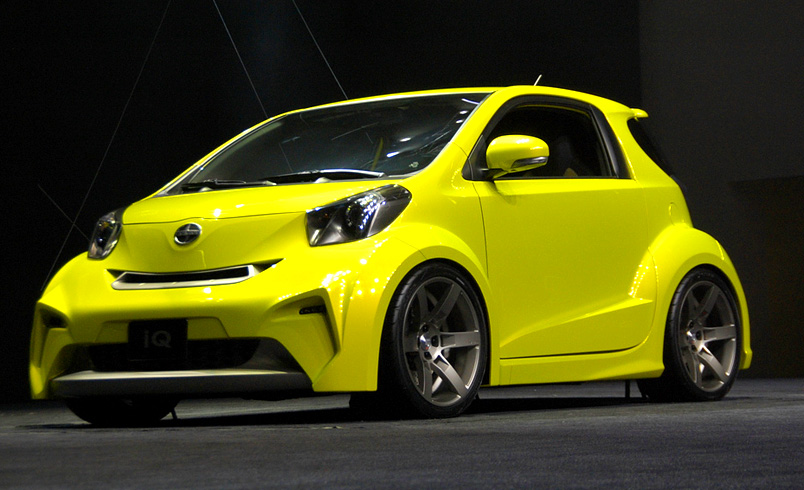 TORONTO, ON – Scion Canada has celebrated the arrival of its newest model – the iQ. Three lucky Canadians will be among the first to drive home in their new iQ.
TORONTO, ON – Scion Canada has celebrated the arrival of its newest model – the iQ. Three lucky Canadians will be among the first to drive home in their new iQ. 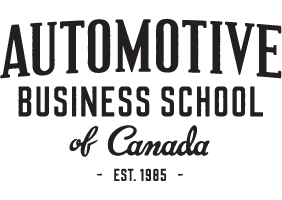
 Volkswagen Group is significantly boosting its production footprint and will have 100 production locations worldwide by 2018, the automaker's production chief, Michael Macht, told Automotive News Europe.
Volkswagen Group is significantly boosting its production footprint and will have 100 production locations worldwide by 2018, the automaker's production chief, Michael Macht, told Automotive News Europe.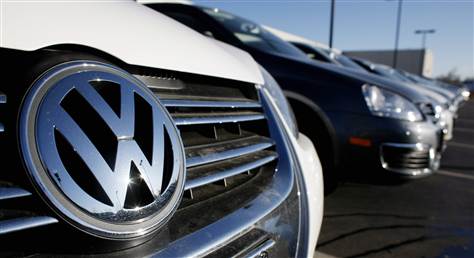 VW has 30,000 suppliers, including 6,000 core suppliers, and this will remain unchanged for the future, Macht said, pointing out that rival automakers that use single-sourcing for parts were harder hit than VW during the recent natural disasters in Japan and Thailand.
VW has 30,000 suppliers, including 6,000 core suppliers, and this will remain unchanged for the future, Macht said, pointing out that rival automakers that use single-sourcing for parts were harder hit than VW during the recent natural disasters in Japan and Thailand.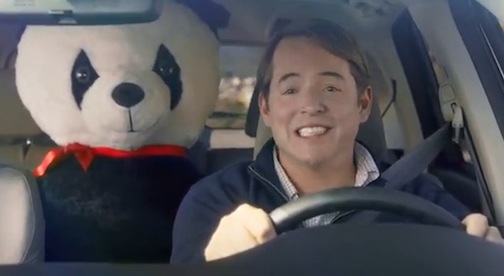 NEW YORK (AP) — Companies hope you'll be gabbing about their Super Bowl ads on Monday morning. But the ultimate score is if those conversations continue throughout the year.
NEW YORK (AP) — Companies hope you'll be gabbing about their Super Bowl ads on Monday morning. But the ultimate score is if those conversations continue throughout the year.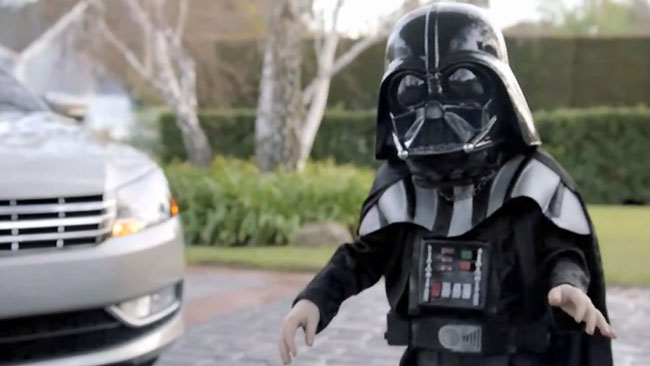 For its part, Volkswagen is revisiting its Star Wars motif during Sunday's game, only this time with an ad for its Volkswagen Beetle. The carmaker has released a "teaser spot" for its commercial that shows dogs dressed as Star Wars characters barking "The Imperial March." It has already gotten 10 million views on YouTube.
For its part, Volkswagen is revisiting its Star Wars motif during Sunday's game, only this time with an ad for its Volkswagen Beetle. The carmaker has released a "teaser spot" for its commercial that shows dogs dressed as Star Wars characters barking "The Imperial March." It has already gotten 10 million views on YouTube.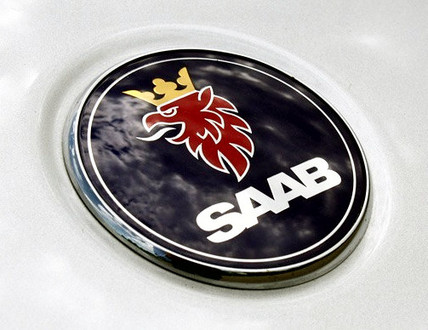 STOCKHOLM, SWEDEN -- China's Zhejiang Youngman Lotus Automobile has made a 3 billion crowns ($446 million) offer for Saab, which has drawn a cool response from receivers, a source with knowledge of the situation said.
STOCKHOLM, SWEDEN -- China's Zhejiang Youngman Lotus Automobile has made a 3 billion crowns ($446 million) offer for Saab, which has drawn a cool response from receivers, a source with knowledge of the situation said.